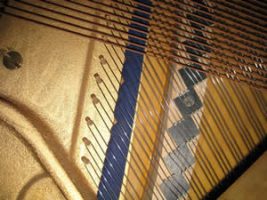
How to play the piano (in 88 notes)
I wrote and recorded the text for friend and fellow composer, Richard Hoadley to use in an interactive work with pianist Philip Mead.
I write in a variety of forms. Some of my writing is academic, and is largely about aspects of digital music and sound art, with a particular interest in listening, and work that is in some way about place and environment. In addition to writing, I’ve edited a number of publications on these areas. I also write about work incorporating text and voice, and occasionally about my own creative work. I tend to incorporate unconventional and experimental techniques in some, but not all, of my more academic writing. Much of my creative work is through writing or incorporates writing.

I wrote and recorded the text for friend and fellow composer, Richard Hoadley to use in an interactive work with pianist Philip Mead.
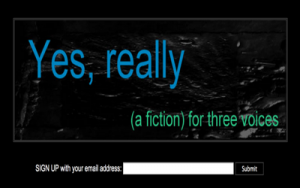
Written in 2008, ‘Yes, really’ reached the finals of the New Media Writing Prize 2010. It’s an email-based fiction in which the stories of three characters arrive in your inbox as a series of messages.
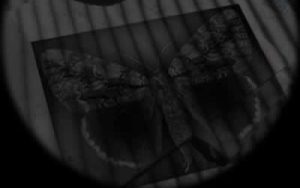
Here and there (2006) is a small piece of interactive digital writing. For several years I lived on an island. Like the moths, we relied on moon and stars for nocturnal navigation. For a period, life was very different.
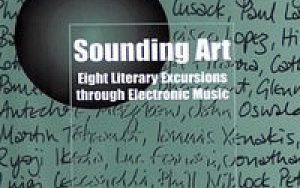
Academic writing, research and some other writings that are more on the academic side than the creative side … kind of. Most are about sound, listening, sounding art and music.
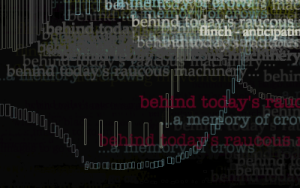
Composed 2013, for 1-2 instruments and electronics, and also available as a fixed video realisation. It’s a poetic exploration of place, and place making, and makes use of live interactive processing of animation, text and audio.
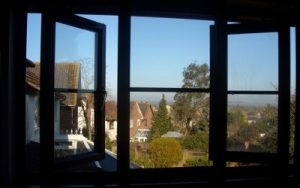
Winner of the 2012 New Media Writing Prize, this is an online and/or app-based interactive sound essay about listening and everyday experience. Turn up the sound and listen.
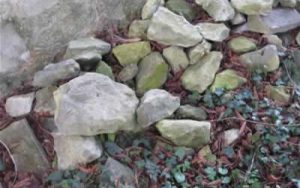
A short essay from 2008, on my interest in words and texts, and making art that incorporates them. Originally published in Playing with Words: the spoken word in artistic practice, ed Cathy Lane, CRiSAP/RGAP/Cornerhouse 2008.